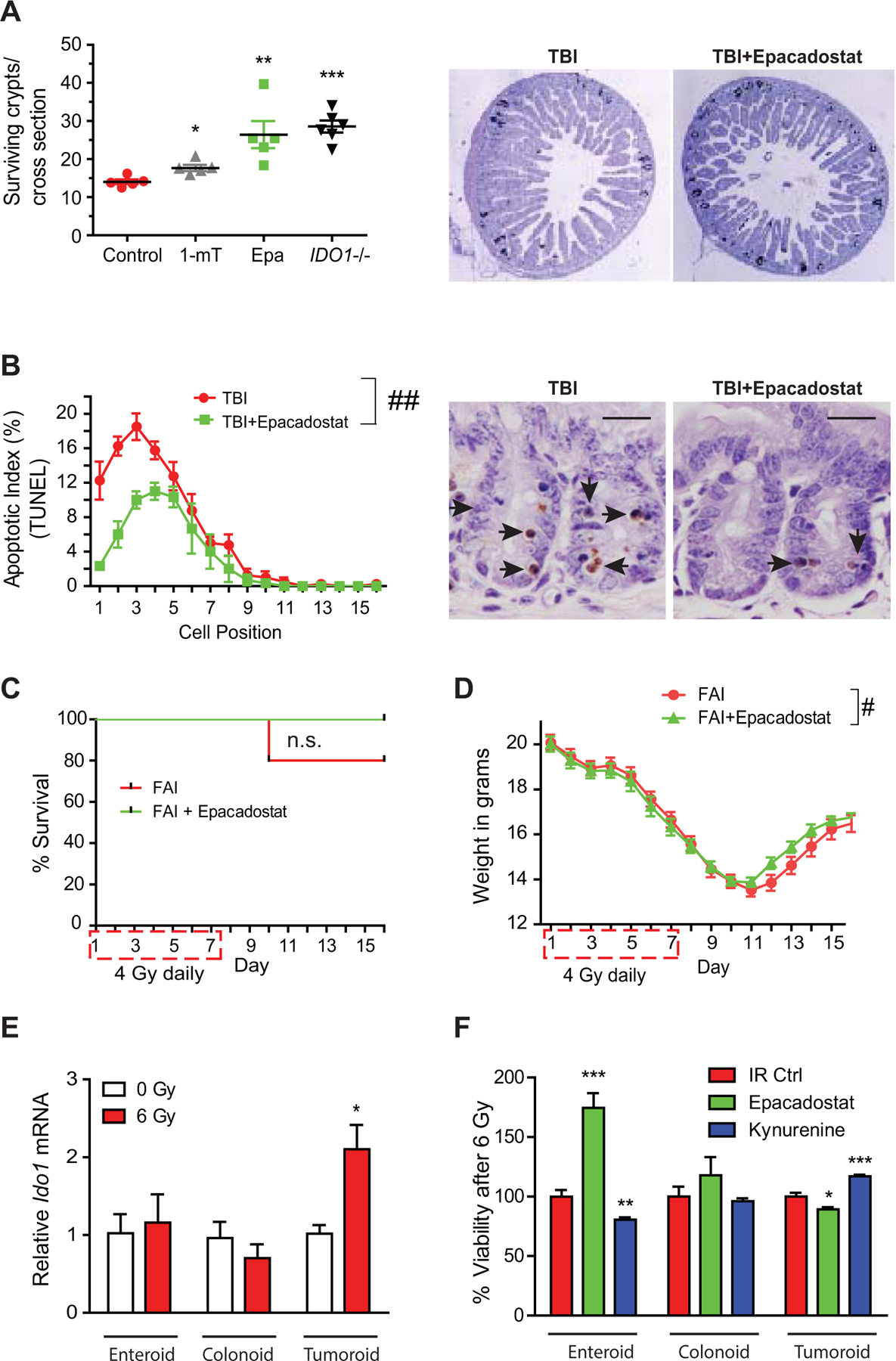Figure 7: IDO1 inhibition protects the normal intestinal epithelium from radiation injury.

A, C57Bl/6 WT or IDO1–/– mice were treated with vehicle control, 1-mT, or epacadostat (Epa, 6 mg daily) and exposed to 12 Gy total body irradiation (TBI). Surviving epithelial crypts per jejunal cross section were assayed 84 hours after TBI. n=5–8/group. Results from 1 of 2 independent experiments. Right, representative images of BrdU stained jejunal cross sections. B, Apoptosis of jejunal epithelial cells by TUNEL 6 hours after 12 Gy TBI expressed by position within epithelial crypt. Right, representative TUNEL images. n=5. Bars in micrograph=20 μm. C, Survival and D, weight change over time for WT mice receiving fractionated abdominal irradiation (FAI, 4 Gy × 7 days) and either vehicle control or Epa by gavage. n=10/group. E, Relative IDO1 mRNA expression in mouse epithelium–derived enteroids, colonoids, and tumoroids following irradiation (6 Gy). n=3. F, Effect of Epa (10 μM) and kynurenine (100 μM) on cell viability of normal enteroids, colonoids, AOM/DSS tumoroids following irradiation (6 Gy). n=8. Mean+SEM. n.s., not significant; *p<0.05, **p<0.01, ***p<0.001 by Student’s t-test; ##P<0.01 by two-way ANOVA; #P<0.05 by mixed effects model.
